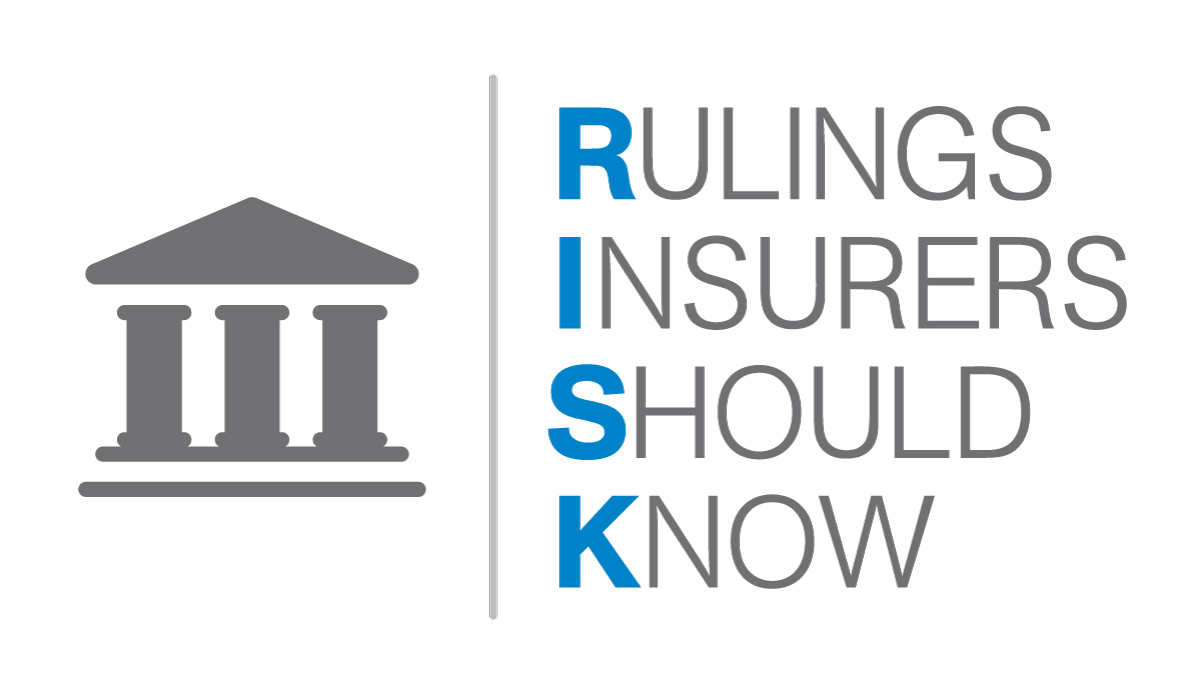Chain Reactions: Determining the Availability of Transfer of Loss

State Farm v Old Republic Insurance, 2015 ONCA 699
A heavy commercial truck rear-ended a car stopped near an intersection and the impact caused that car to rear-end the vehicle in front of it. All three vehicles were in the same lane and travelling in the same direction. The driver of the last car hit was injured and collecting accident benefits from his own insurer, State Farm. State Farm claimed for indemnification from Old Republic, the insurer of the truck, by way of Loss Transfer provisions found in section 275 of the Insurance Act. Old Republic refused to pay out, saying they were only responsible for indemnifying the first vehicle struck based on their reading of the Fault Determination Rules (FDRs).
At issue was whether Rule 9 the FDRs should be interpreted as making the truck at fault for the entire chain reaction or only for the collision with the first car it rear-ended. The Arbitrator reviewed the FDRs and conflicting case law, before concluding that the truck was 100% responsible for the accident and that Old Republic had to fully indemnify State Farm. The Ontario Superior Court of Justice upheld that decision. Old Republic appealed.
The Court of Appeal overturned both the arbitration and the Superior Court decisions, finding that Rule 9(4) of the FDRs only apportions fault as between the two vehicles that actually collide, meaning no loss transfer indemnification is available between the truck and the last vehicle in the chain reaction. The FDRs must be read in the context of the Loss Transfer provisions as a whole, which suggest only insurers of vehicles directly struck by heavy commercial vehicles will be entitled to indemnification through loss transfer. Old Republic was not required to indemnify State Farm for the accident benefit payments made to the final vehicle.
The Court of Appeal held that the loss transfer regime is meant to provide an expedient and summary method of reimbursement and thus fault must be determined strictly in accordance with the FDRs. Moreover, the Loss Transfer provisions provide for indemnification for accident benefit payments only between specified – and strictly limited – classes of vehicles in certain circumstances, to balance the cost of no-fault benefits between different classes of vehicles.
The FDRs are similarly meant to determine the respective degree of fault of each insured to calculate direct compensation owed from their own insurer, and the fault of each insurer’s insured to calculate entitlements under the Loss Transfer provisions. Thus this context, as Rules 9(3) and 9(4) of the FDRs are parallel provisions and must be read consistently, the word “incident” in sub-clauses (a) and (b) of section 9(4) of the FDRs can refer only to the particular collision identified in the respective sub-clauses, not the entire chain reaction.
What the Insurer Should Know
In a chain reaction accident which was started by a commercial vehicle, the commercial vehicle will only be subject to a loss transfer for the initial accident and not for subsequent accidents in the chain.
 |
|
| Mitch Kitagawa | Kate Agyemand, Summer Student |



